


 企业认证
企业认证
 担保交易
担保交易
商品二维码

扫码购买及分享
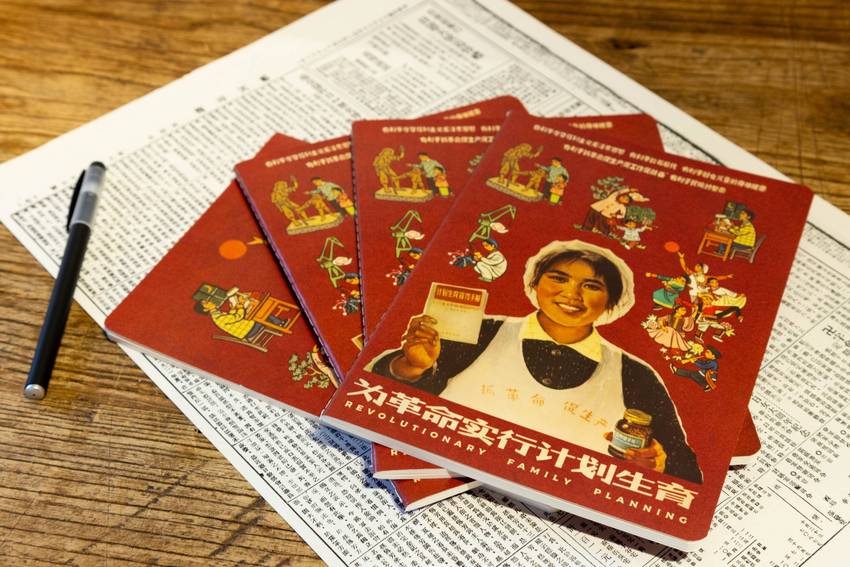
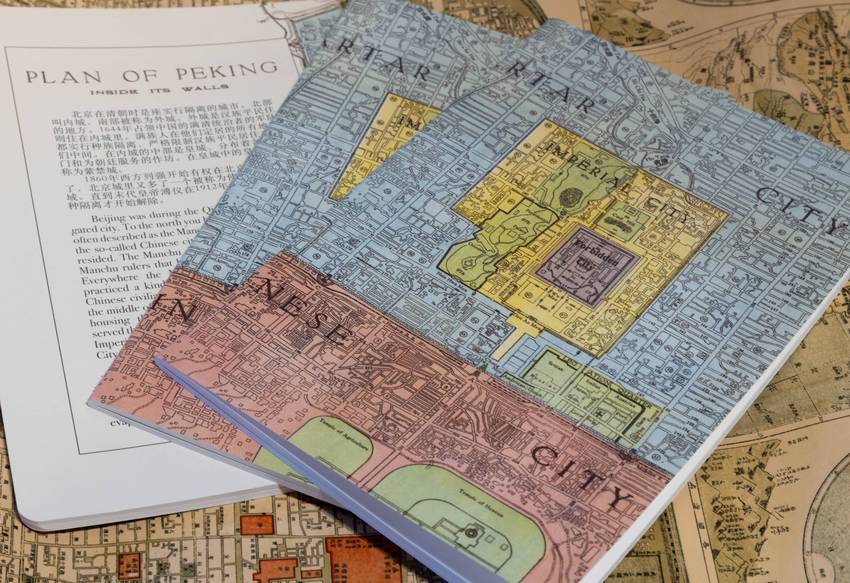
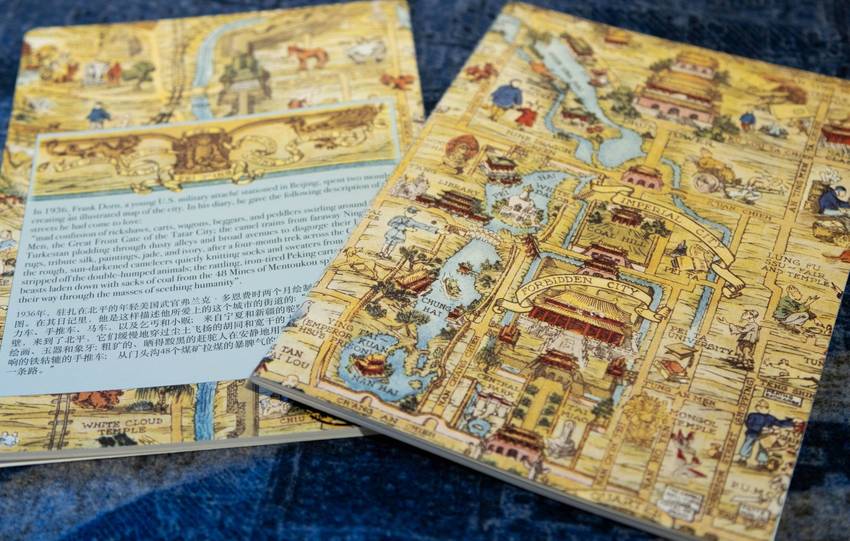
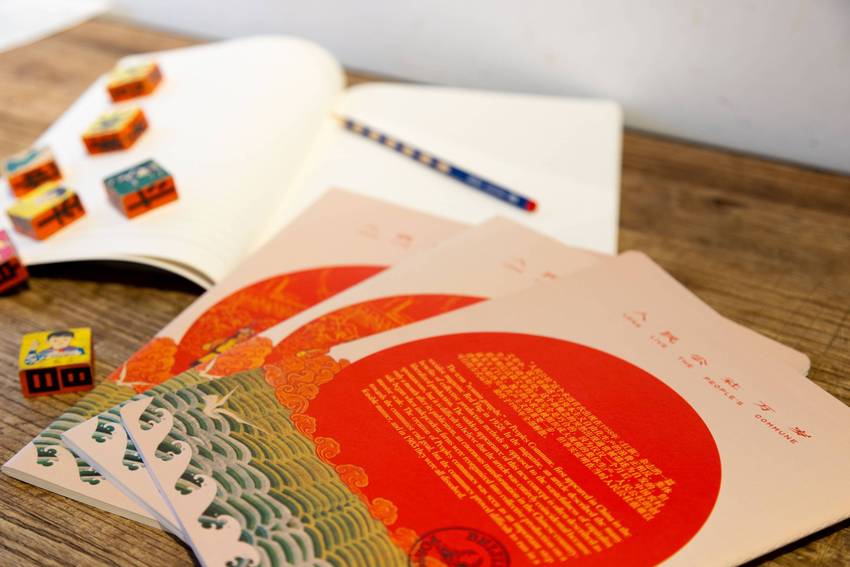
Notebooks
价格 : ¥ 20
邮费 : ¥8.00
Design & Size : B5: People’s Commune B5: An Early Diplomatic Audience in the Forbidden City B5: Emperor on the Move B5: Frank Dorn's 1936 A5: Plan of Peking 1924 A5: Manchu with the birds A5: Revolutionary Family Planning A5: The Motherland Is Leaping Forward A set of 8: one of each (20% off)
数量 : -1+ 库存 : 不限量




Notebooks
¥ 20.00
邮费: ¥8.00
浏览 : 727
商品详情
商品评价
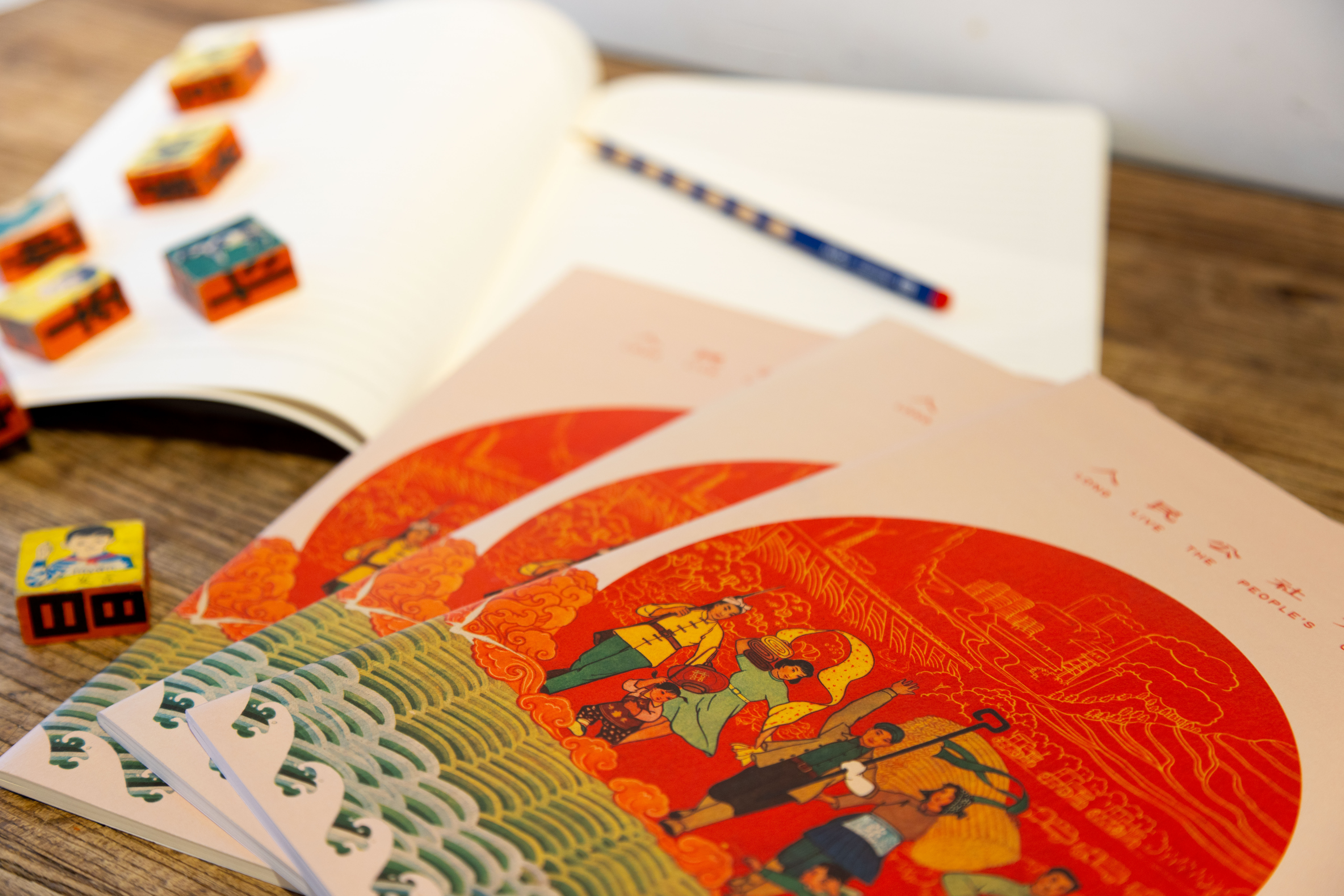
The term ”renmin gongshe”, or Peoples Commune, first appeared in China in the socialist magazine Red Flag in 1958. In the magazine, an article described the many benefits of collective production methods as opposed to the wastefulness of capitalist liberalized production. The sudden appearance of this new concept is often described as spontaneous, but it is difficult to believe that the article was entirely coincidental because only a month after its publication, an enormous transformation in the Chinese countryside began when independent farms were reorganized into collective production on a massive scale. The creation of Peoples communes was seen as an important step towards the communist end goal, but the communes proved difficult to run in a feasible manner, and in 1983 they were all dissolved.

The Imperial procession of the Qianlong emperor departs from Beijing through the Qianmen gate towards the Marco Polo bridge. It was forbidden for commoners to even glimpse the emperor, which meant that all hutong alleyways were sealed off when the son of heaven travelled through the city. Unlike Ming dynasty emperors who rarely ventured beyond the Forbidden City, emperors from the Qing dynasty embarked on extensive journeys. The Qianlong emperor alone undertook six significant expeditions to the South.
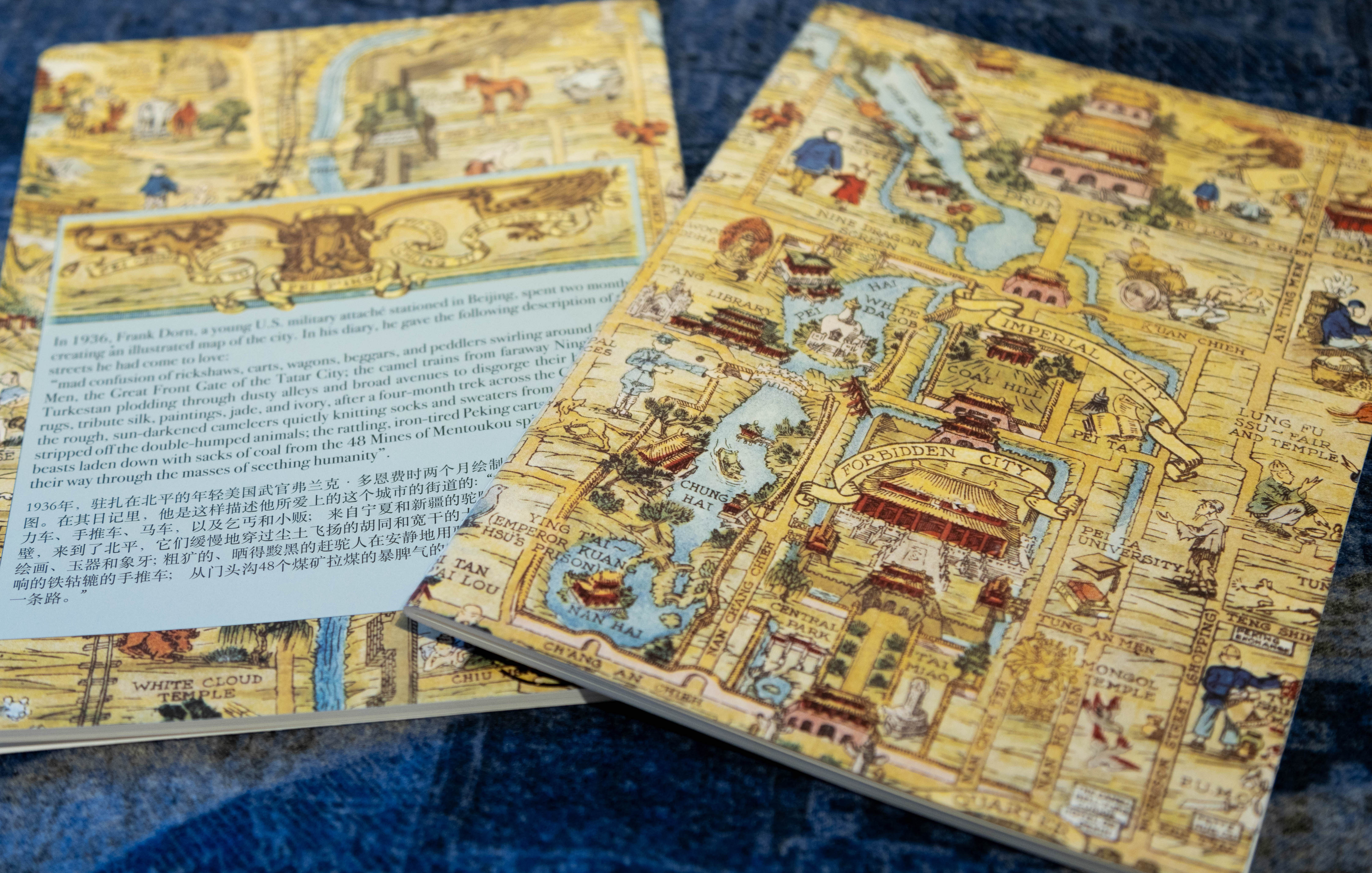
In 1936, Frank Dorn, a young U.S. military attaché stationed in Beijing, spent two months creating an illustrated map of the city. In his diary, he gave the following description of the streets he had come to love:
“mad confusion of rickshaws, carts, wagons, beggars, and peddlers swirling around Chʼien Men, the Great Front Gate of the Tatar City; the camel trains from faraway Ninghsia and Turkestan plodding through dusty alleys and broad avenues to disgorge their burdens of rugs, tribute silk, paintings, jade, and ivory, after a four-month trek across the Gobi Desert; the rough, sun-darkened cameleers quietly knitting socks and sweaters from the wool they stripped off the double-humped animals; the rattling, iron-tired Peking carts; foul-tempered beasts laden down with sacks of coal from the 48 Mines of Mentoukou spitting and kicking their way through the masses of seething humanity”.

On the occasion of celebrating Chinese Lunar New Year, envoys from around the world would journey to Beijing to pay their respects to the “son of heaven.” In this Qing dynasty painting, diplomats from Western nations such as France, Sweden, and Portugal can be seen bearing gifts of European clockworks and crystal glass. These items were often presented to the emperor as they represented goods unique to European craftsmanship. Facing an enormous trade deficit due to the influx of Chinese silk, tea, porcelain, and other commodities flowing into European markets, Western countries were desperately seeking a product that could help balance trade.

The expression “Worker peasant soldier" first appeared in the song “Worker Peasant Soldier Unite” in 1924. The expression became a set term to describe the socialist idea of the three groups of people that ought to carry society forward. In 1942, when Mao Zedong decreed that art and culture should predominantly be created to inspire these three pillars of society, a whole artistic style was created in order to inspire the continued transformation of China in a Communist direction.
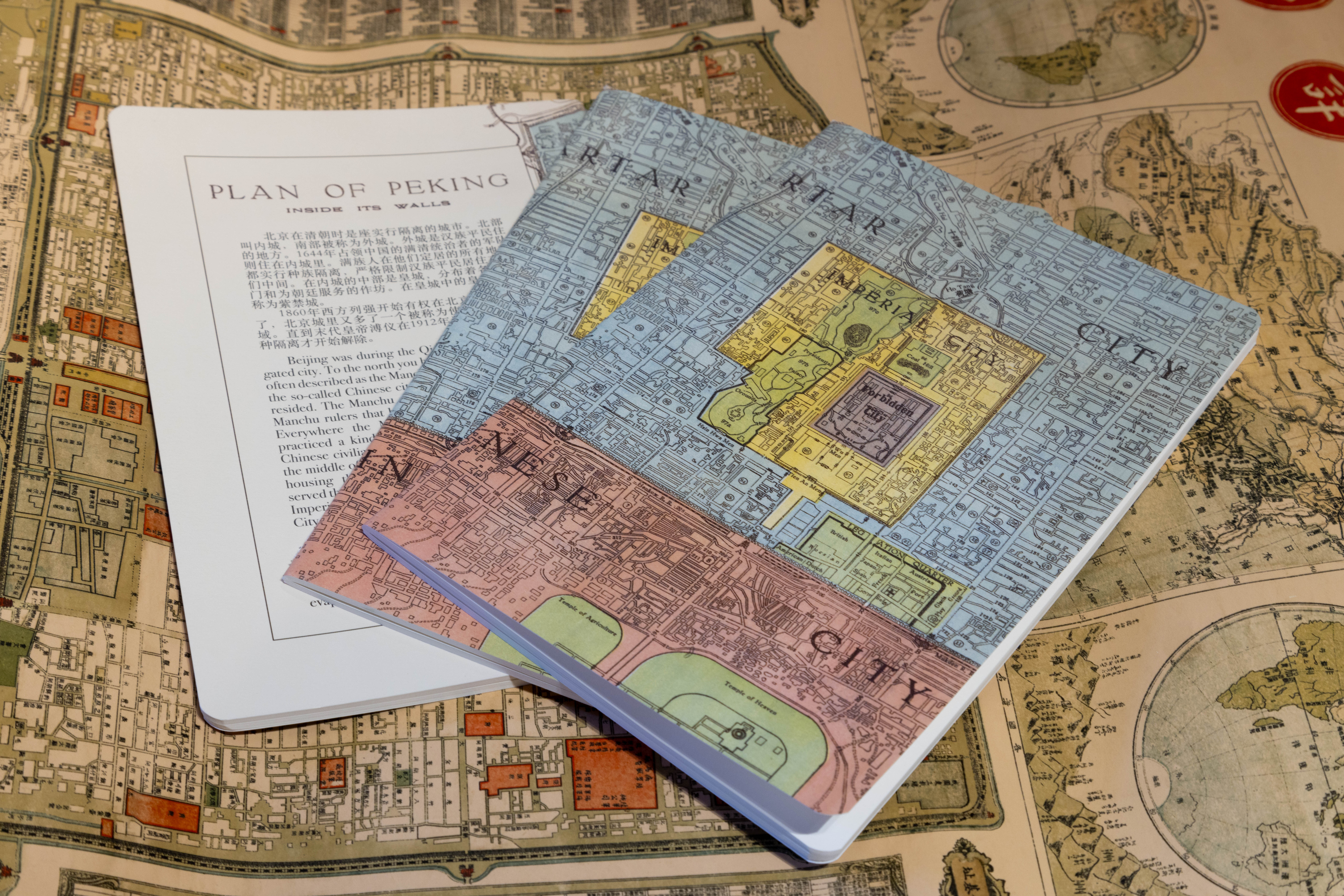
Beijing was during the Qing dynasty a segregated city. To the north you had the Tartar city also often described as the Manchu city, and to the south the so-called Chinese city where Chinese civilians resided. The Manchu city housed the army of the Manchu rulers that had occupied China in 1644. Everywhere the Manchus chose to settle they practiced a kind of apartheid, heavily restricting Chinese civilians the right to live among them. In the middle of the Manchu city was the Imperial city housing the organizations and workshops that served the Imperial government, and within that the Imperial Palace itself, also known as the Forbidden City.
In 1860 when Western Powers won the right to open embassies in Beijing a new enclosure called the Legation Quarter was added to the city scape. Not till the boy-emperor Puyi abdicated in 1912 did these strongly imposed segregations start to evaporate.

In the 1800s, the Illustrated London News sent their illustrators all over the world to portray different cultures.
“The following note, written by one of our special artists who has recently been in China, explains one of his sketches...
A Peking man always seems to have his bird with him. What a dog is in England, a bird appears to be here: it is the constant companion. From boyhood up to the most advanced age, a bird seems a necessary part of man’s existence. Some people even carry a bird in each hand. Instead of the stick, some walk about with their birds in small, neat, round cages.”
The Illustrated London News, September 13, 1873

In 1974, a campaign aimed to control China's rapidly growing population by encouraging people to have fewer children. However, it wasn't until the early 1980s that the so-called One-Child Policy was formally implemented. Notably, in China, the policy was never referred to as the "one-child policy" officially but rather as "family planning." This turned out to be fortuitous given that the very same offices that previously promoted smaller families are now advocating for larger ones.
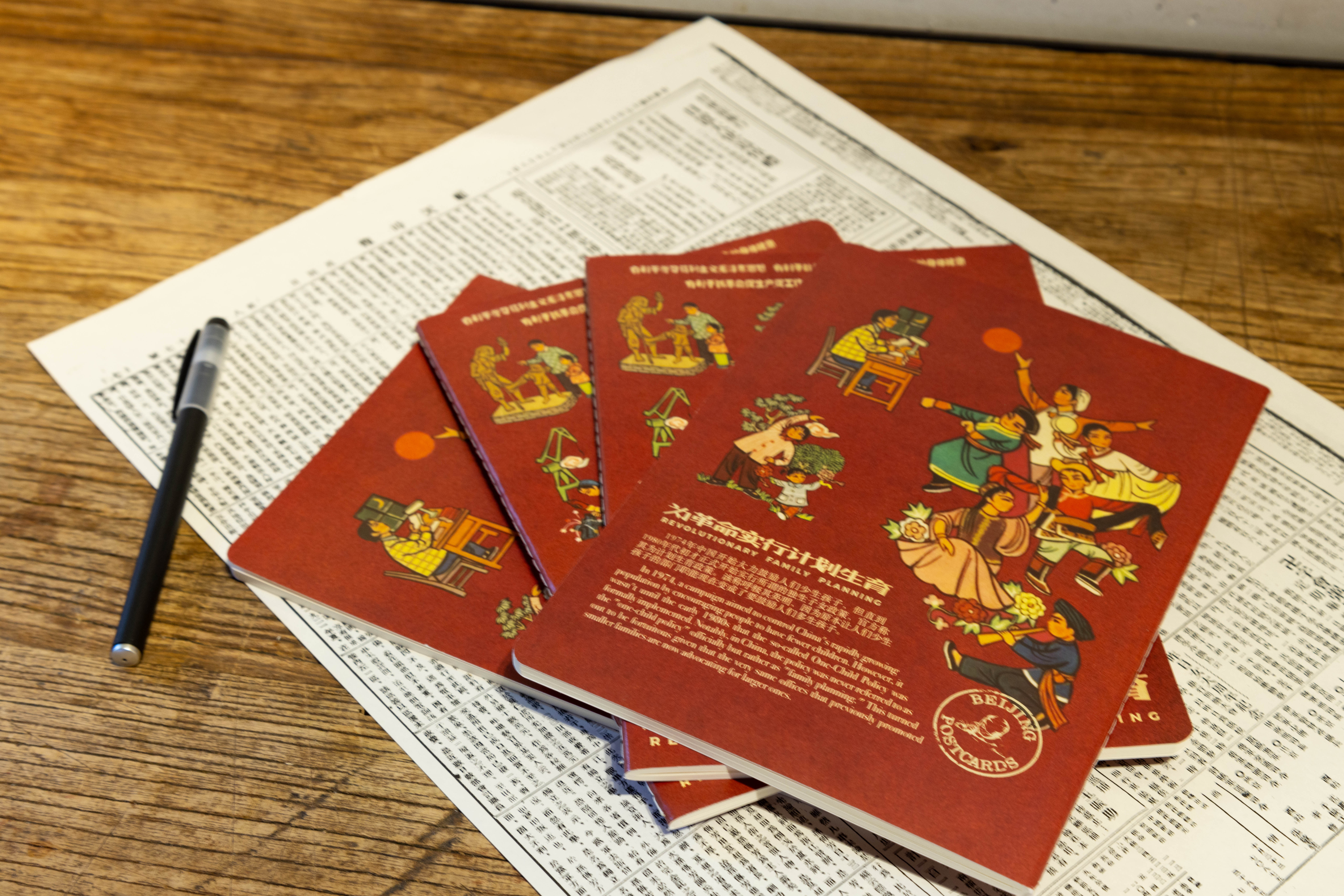

 加入购物车
加入购物车
 友付提供技术支持
友付提供技术支持
www.yoopay.cn
400.0697.118